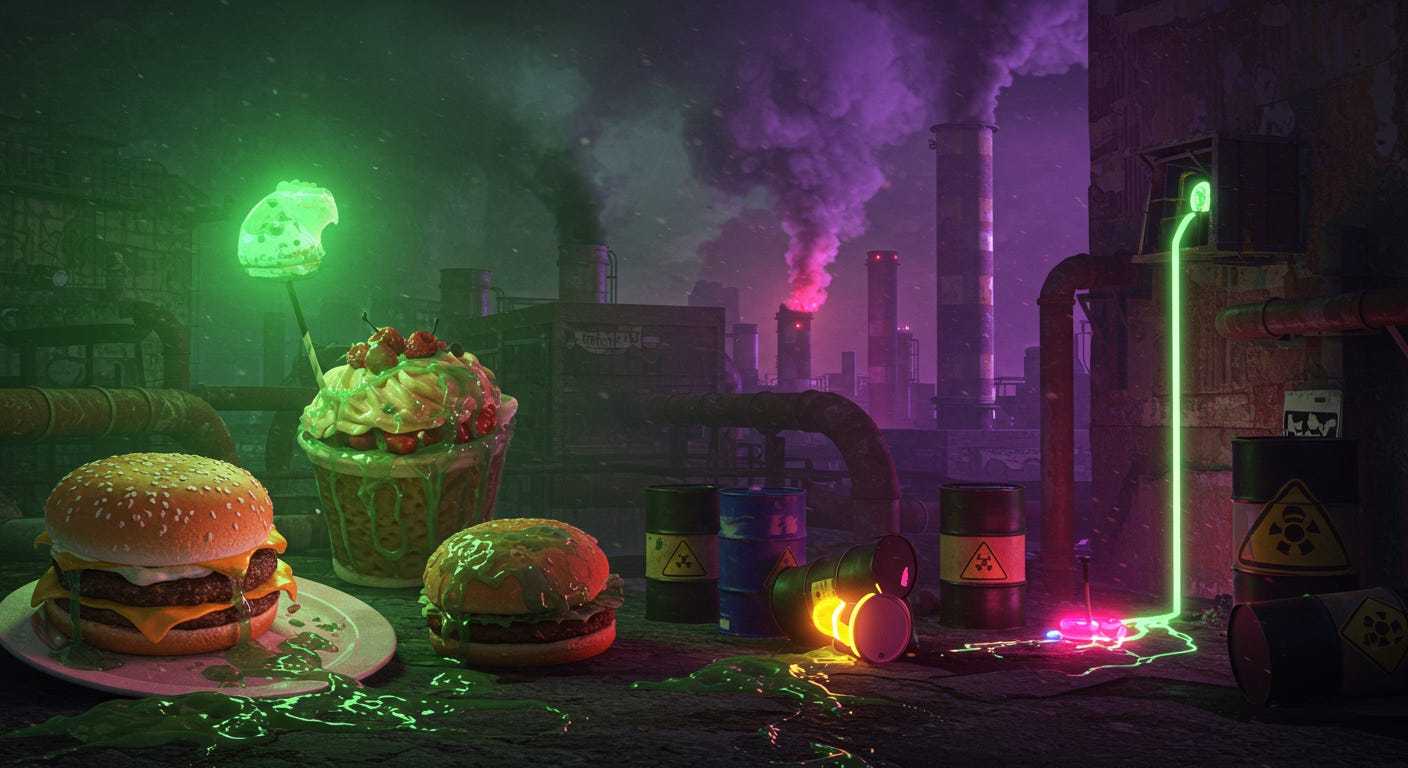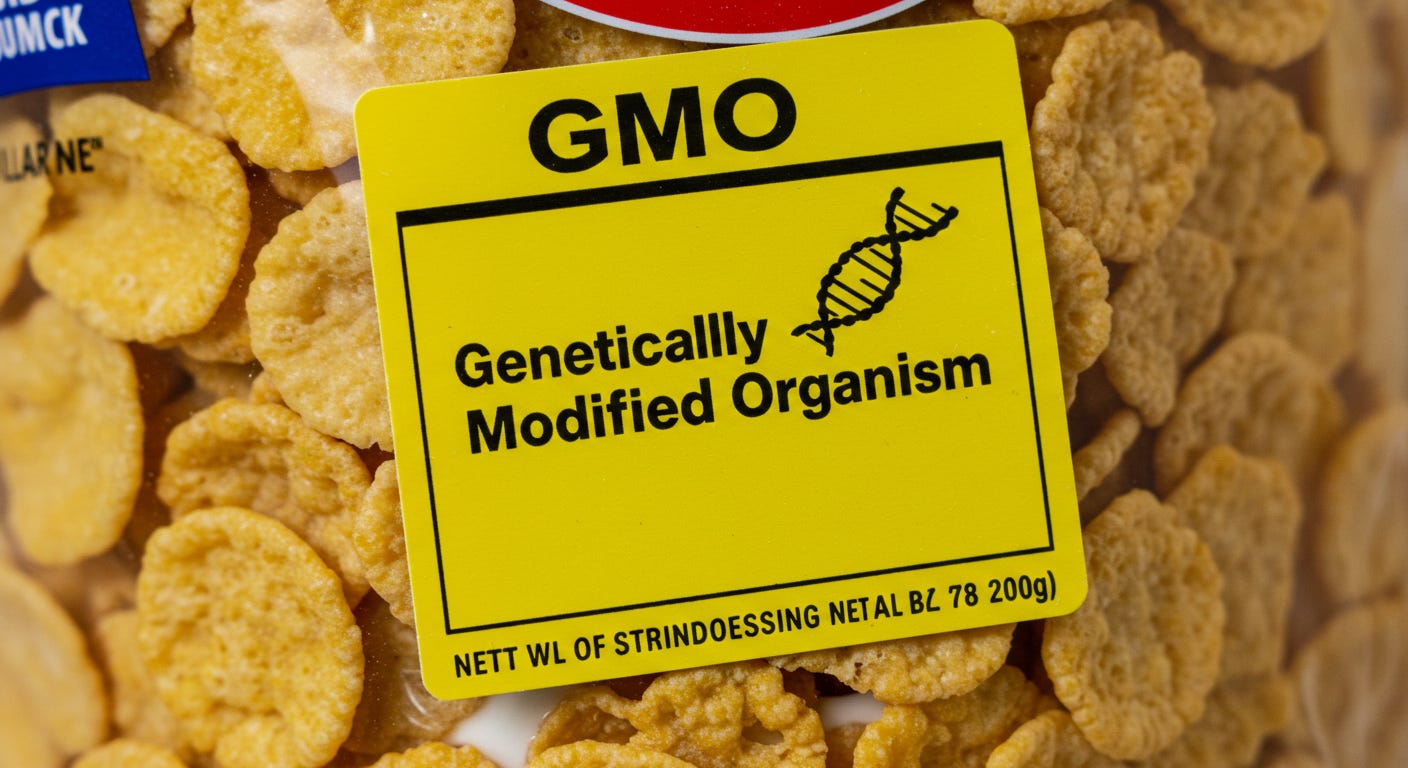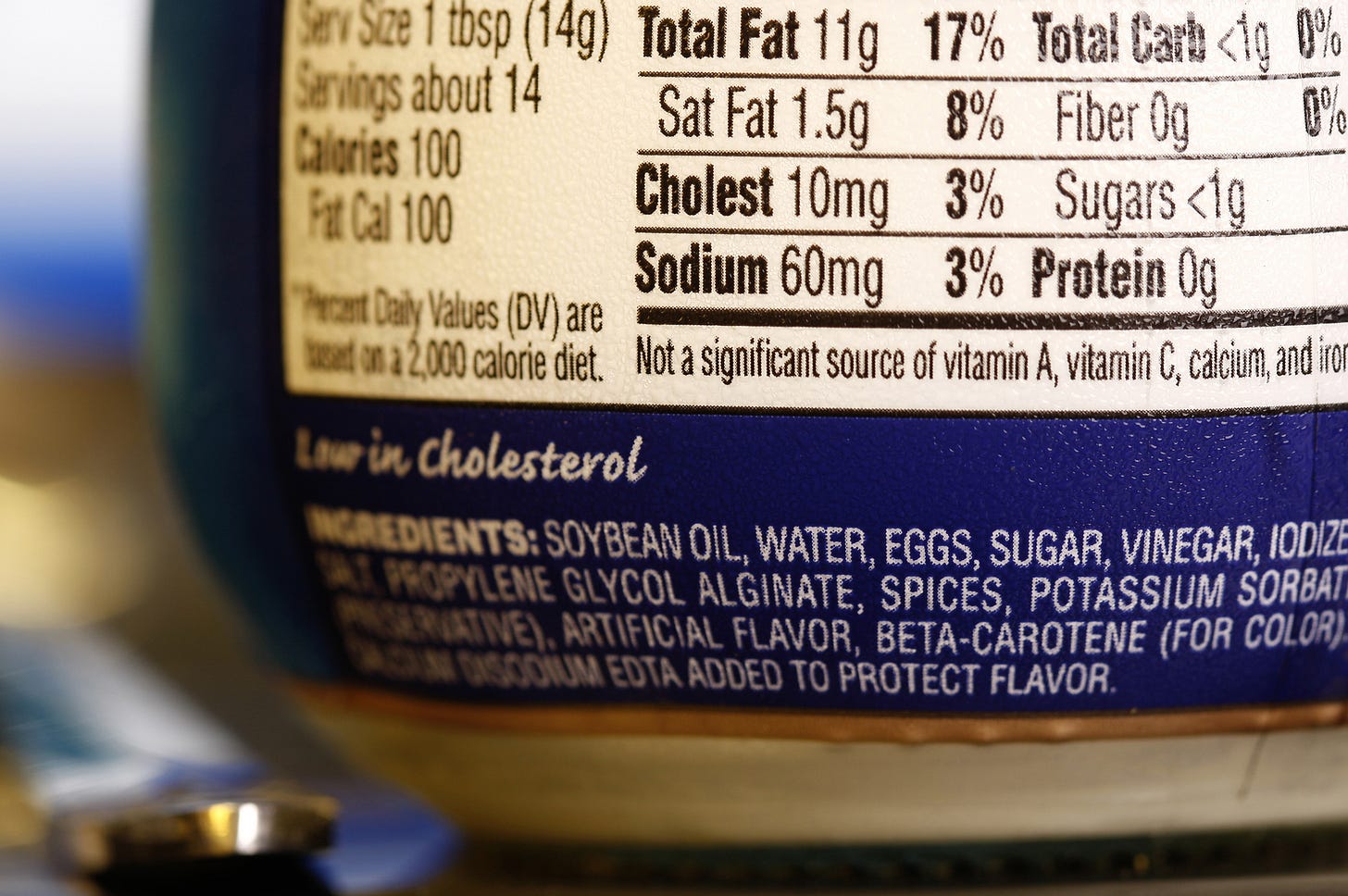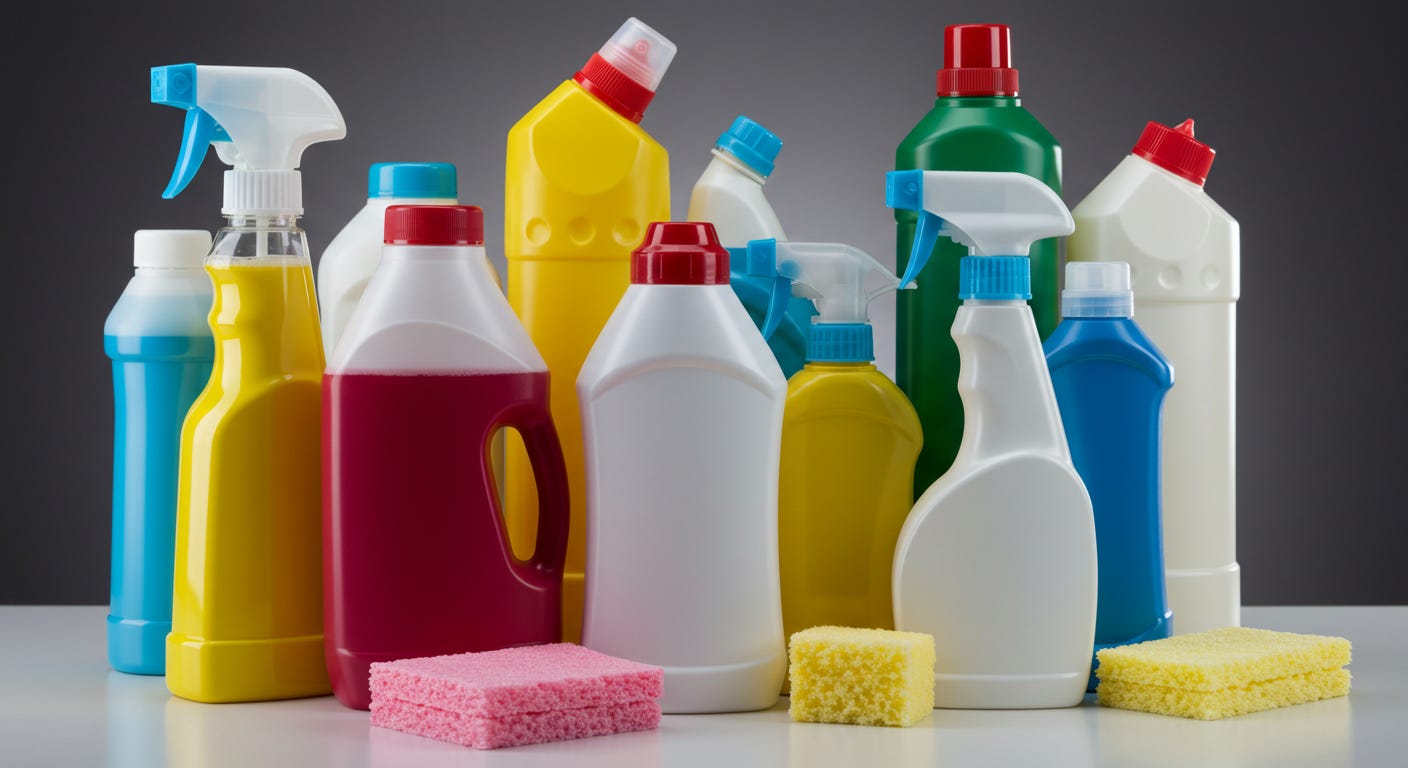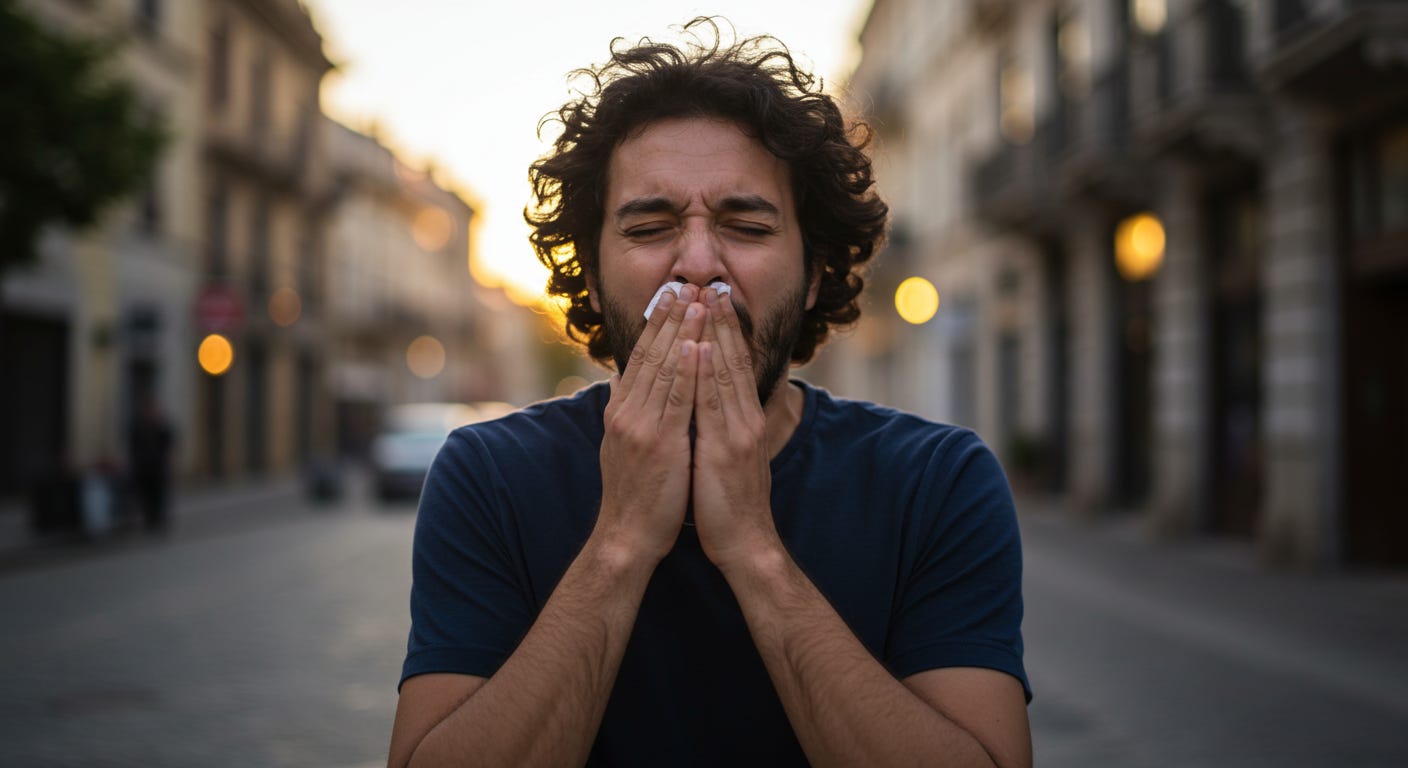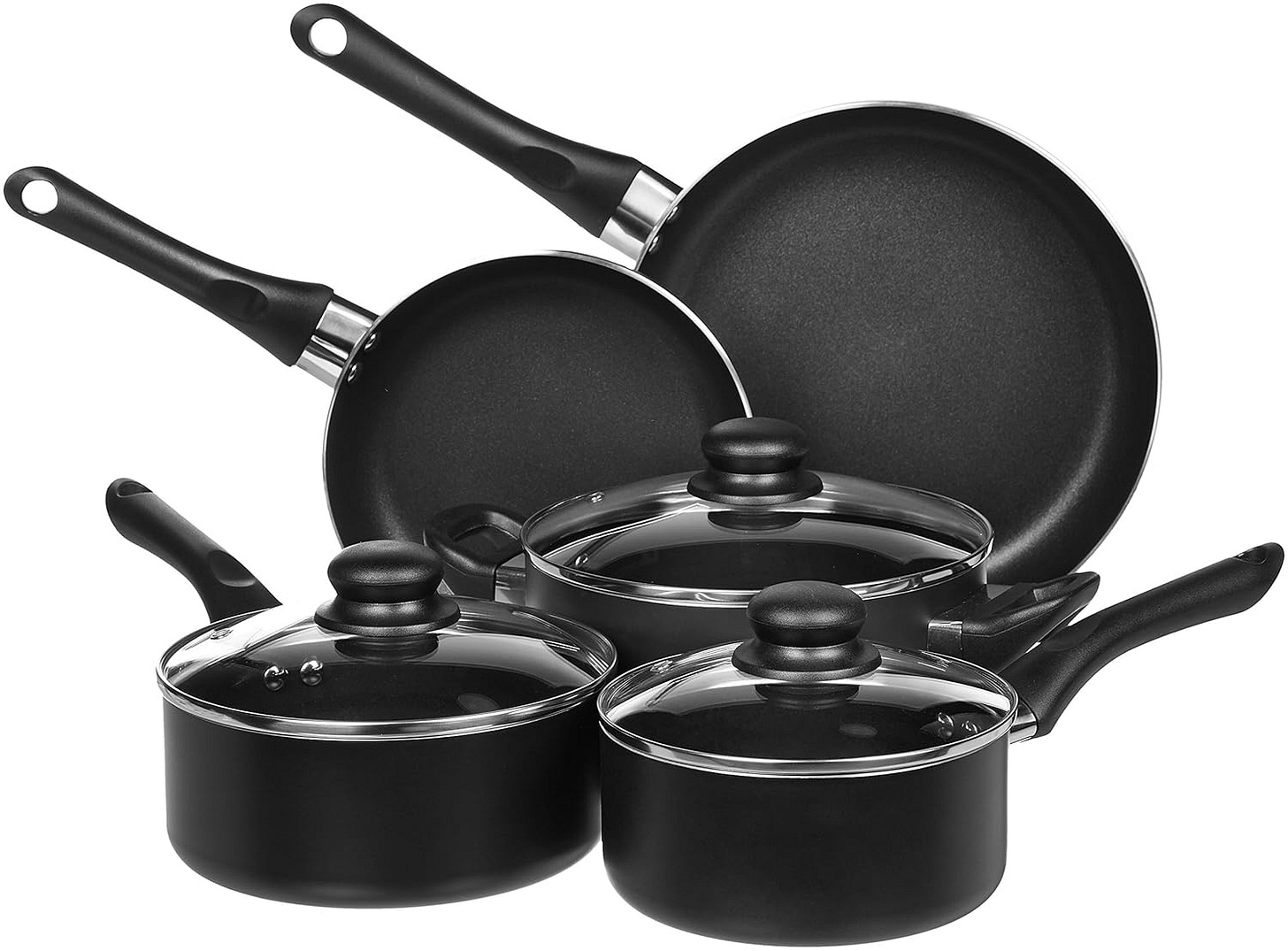One of the most remarkable aspects of modern life is how virtually anything imaginable can be obtained with minimal effort. If it's not readily available locally, online platforms offer a vast array of virtually any product.
But all that convenience comes bundled with a dangerous mix of health risks from the use of GMOs, pesticides, chemicals, and food additives to hormone disruptors and highly unhealthy ingredients. How can the average person stay aware of these risks, given the seemingly endless and challenging nature of the list?
That's why I've compiled a comprehensive list of practical steps to reduce your exposure, as well as resources highlighting dangers that often go unnoticed. Hopefully this arms you with the right knowledge to make informed choices.
1. Genetically Modified Foods
A significant percentage of processed foods purchased today contain some genetically engineered food products. The FDA doesn’t mandate the labelling of these products, nor does it require any pre-market safety testing. The Center for Food Safety has a great write-up on this danger.
The Non-GMO Project is likely your best source of information on avoiding GMOs. They provide a comprehensive list of tips and resources on their website.
2. Pesticides
In the US, over 4.5 billion pounds of pesticides are used annually, and unfortunately, produce gets hit hard with harmful levels that can cause adverse health effects. To examine the effects of specific chemicals or pesticide products, visit Pesticide Action Network’s Pesticide Database. If interested in scientific studies linking pesticides to specific diseases, see Beyond Pesticides’ Pesticide-Induced Diseases database.
To help you at home, the College of Naturopathic Medicine outlines three methods to effectively remove pesticides from produce. Food Matters also speaks of five other methods to reduce pesticide exposure.
3. Processed Foods
Most processed foods are altered simply to make them more convenient, shelf-stable, and flavorful for consumers. According to a study by BMC, more than one-half of consumer diets come from heavily processed foods, with many remaining unaware of dangerous ingredients and trusting labels and marketing.
If I had to summarize, ultra-processed foods lead to an increased risk of cancer, along with a host of other diseases. To protect yourself, dramatically reduce these foods from your diet and reach for healthy, whole-food alternatives.
4. Household Chemicals
Many common household items can lead to serious health issues. For instance, Bisphenol A (BPA), found in many plastics and food packaging, can interfere with hormone function and lead to obesity, reproductive issues, and an increased risk of certain cancers. To aid you, this link identifies common household toxins and helps to implement 25 practical strategies for reducing toxin exposure.
5. Tap Water
Tap water usage poses risks to human health due to the presence of various contaminants and pollutants, including lead, chlorine byproducts, bacteria, viruses, and pharmaceuticals. The use of fluoride in tap water also has a potential impact on cognitive development and thyroid issues. I use a simple over-the-counter water filter called Alexapure, but many other filters can be found on the market that clean water substantially.
6. Allergy Risks
Allergies can arise from various sources beyond commonly known triggers like pollen and pet dander. Exposure to pesticides can trigger allergic reactions, as can refined food ingredients. Many people now carry EpiPens for food allergies that were rarely discussed a generation ago.
Mold exposure, parasites, medications, and fragrances can also lead to allergic responses and possibly the effects of electromagnetic fields (EMFs) from electronic devices. Natural Wellness advises avoiding allergy drugs that may contribute to liver damage while offering some handy ways to attack allergies naturally.
7. Non-Stick Cookware
PFAS (perfluoroalkyl and polyfluoroalkyl substances are chemicals used in non-stick cookware, food packaging, and other products. Exposure to PFAS has been linked to severe health issues such as cancer, reproductive issues, and thyroid problems. I’ve previously written about this subject in detail here, offering solutions to the problem.
8. Electromagnetic Field (EMF) Radiation
Prolonged exposure to EMF radiation from Wi-Fi routers, smartphones, and other wireless devices has been linked to an increased risk of cancer, DNA damage, and reproductive issues. Additionally, some studies indicate possible neurological effects (brainwave patterns), impacts on mental health, hormonal imbalances and cellular and DNA damage.
Take steps to minimize your exposure by increasing distance from Wi-Fi sources, minimizing exposure time, using wired connections whenever possible, and avoiding prolonged use of wireless devices. I also unplug my Wi-Fi at night.
9. Clothing Chemicals
Many clothing garments today contain harmful substances such as formaldehyde, (wrinkle resistance) or perfluorinated compounds (PFCs), found in waterproof and stain-resistant fabrics. Both are linked to reproductive issues, thyroid problems, and certain cancers. Dyes also can lead to allergic reactions and skin irritation. The Center for Environmental Health found high levels of the hormone-disrupting chemical BPA in clothing by dozens of large brands, with testing revealing up to 50 chemicals or more.
You can minimize exposure by looking for Oeko-Tex Standard 100 or Global Organic Textile Standard (GOTS) certifications. Or at the very least, wash your clothing before wearing it.
I know there’s a lot to digest in this list, and it can seem overwhelming. But this complicated landscape of toxins exists despite how weary we are of addressing them. Awareness is still our best tool, allowing us to act on these dangers.
Your presence here is greatly valued, and that’s why all our articles are free on this site. But if you've found the content beneficial, please consider supporting it through a cost-effective paid subscription. This plays a vital role in covering operational costs and supports the continuation of this independent, unbiased research and journalism work. Thanks so much!
If shy about commitments, feel free to leave a one-time tip!





